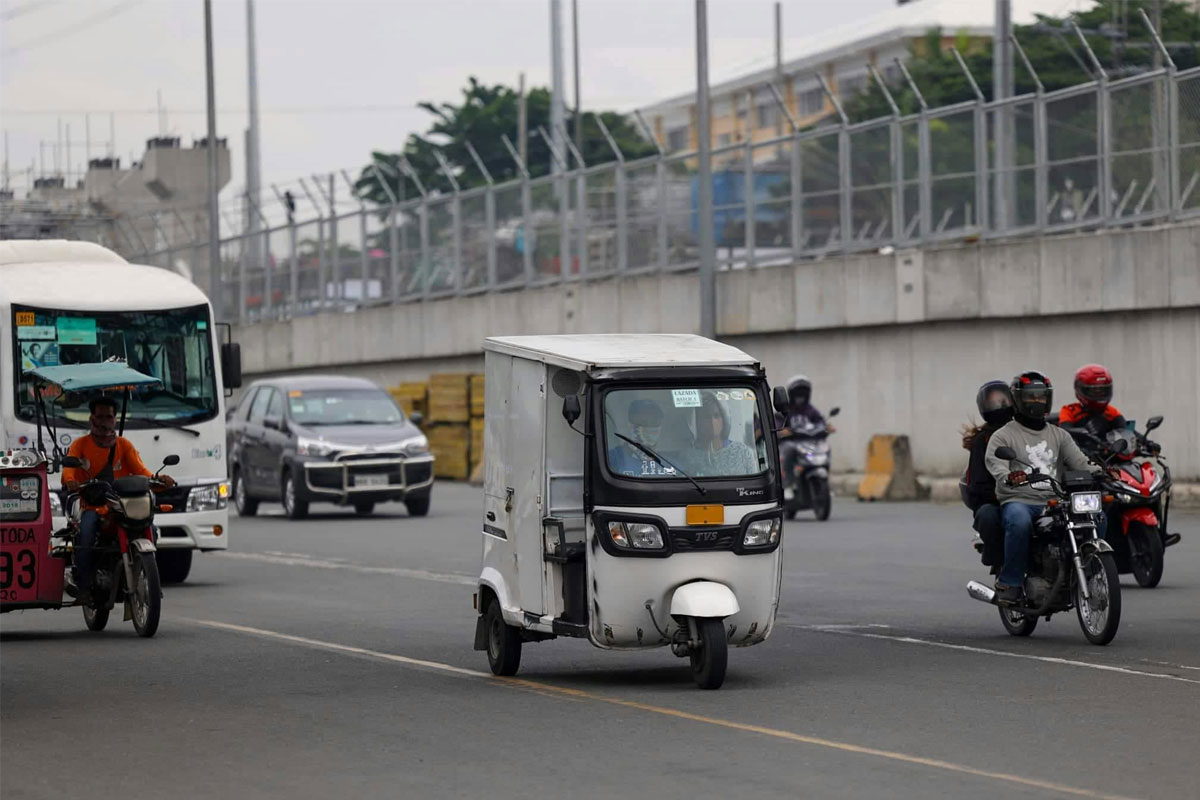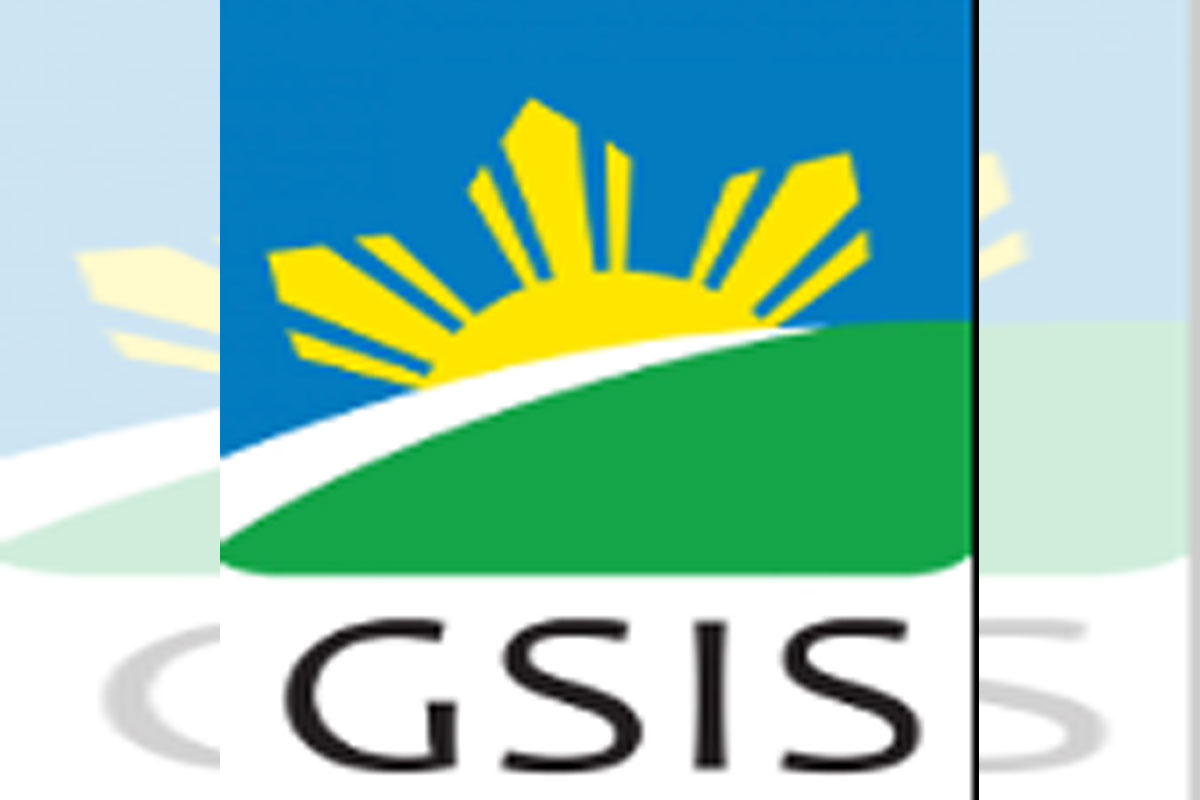
DOH: 6 travelers from India COVID positive
Most cases of 2 variants found in NCR, Calabarzon
THE Department of Health (DOH) said Wednesday that six out of 110 travelers from India who arrived in the Philippines before the travel ban have tested positive for COVID-19.
In an online briefing Health Undersecretary Maria Rosario Vergeire said “as to these Indian travelers that were quarantined upon arrival before restrictions were imposed, 110 of them underwent testing and six turned out to be positive and it is now submitted to the Philippine Genome Center for whole genome sequencing.”
She added that there are six others who are still being located.
The Philippines had imposed a travel ban on India from April 29 until May 14.
The DOH also yesterday reported that the National Capital Region and CALABARZON get the bulk of COVID-19 cases caused by coronavirus variants first detected in the United Kingdom (B.1.1.7) and South Africa (B.1.351).
This after the DOH, the University of the Philippines-Philippine Genome Center, and the University of the Philippines-National Institutes of Health reported the detection of additional 289 B.1.1.7 variant cases, 380 B.1.351 variant cases, and 9 P.3 variant cases from the 744 samples sequenced, based on the latest whole-genome sequencing report.
Of the additional 289 UK variant cases detected, 48 cases are Returning Overseas Filipinos, 185 are local cases, and 56 cases are currently being verified if they are local or ROF cases. Based on the case line list, three cases remain active while two have died and 284 have recovered.
Of the additional 380 South Africa variant cases, 107 cases are ROFs, 196 are local cases, and 77 cases are currently being verified if they are local or ROF cases. Based on the case line list, one case is still active and 379 cases have been tagged as recovered.
Of the 9 additional P.3 variant cases, three are ROFs, four are local cases, and two cases are being verified if they are local or ROF cases. Based on the case line list, all nine cases have recovered.
The DOH, UP-PGC, and UP-NIH reiterate that the P.3 variant is still NOT identified as a variant of concern since current data is insufficient to determine whether the variant will have significant public health implications.
Metro Manila has 602 B.1.351 variant cases, 358 B.1.1.7 cases, and 39 P.3 cases. Calabarzon, meanwhile, has 121 cases of the B.1.351 variant, 145 B.1.1.7 cases, and six P.3 cases.
The DOH also clarifies that B.1.351 is the most common variant among the samples sequenced with assigned lineages. To date, UP-PGC has already sequenced a total of 7,167 samples, of which 5,917 were assigned lineages. Among the samples with assigned lineages, the B.1.351 composed 18.2%, the B.1.1.7 composed 16.0%, the P.3 composed 2.7%, while the P.1 variant composed 0.03%.
To complement the intensified vaccination activities, the DOH calls the public to strictly and consistently adhere to the minimum public health standards to minimize the risk of exposure and infection. Active contact tracing and swift case detection, completion of isolation/quarantine period, and continued implementation of the PDITR strategies and other localized interventions by the local government units are likewise necessary to slow down the transmission rate and bring down the number of COVID-19 cases.
She explained that the selection of samples for genome sequencing is purposive or limited to clusters of COVID-19 cases, individuals with links to other variant cases, and returning overseas Filipinos.
“Hindi pa natin ma-ascertain kung talagang sila na ‘yung prevalent na variants dito at saka kung meron na tayong masasabi that we have this community transmission,” she said in the online briefing.
Earlier, the DOH earlier said WHO experts were still assessing the extent of the transmission of new variants in the Philippines.
The country has logged 1,067,892 COVID-19 cases with 984,210 recoveries and 17,622 deaths as of Tuesday afternoon.


















